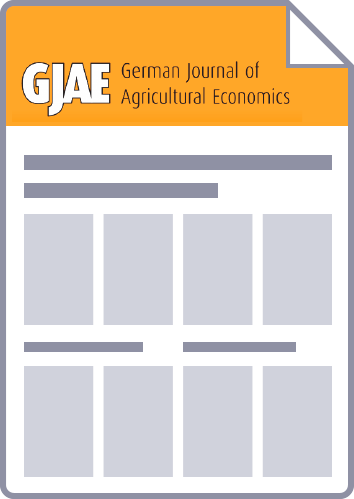Due to meanwhile high prices on agricultural markets and new legislation, more and more biogas plant operators are faced with the challenge of operating their plants economically and in line with the existing legal framework. Against this background, the search for alternative fermentation substrates has been intensified. Because of this development and the increasing problems of nutrient surpluses in regions characterized by high livestock densities, slurry solids have increasingly been taken into consideration as fermentation substrates. So far there has been very little knowledge about biogas plant operators’ willingness to accept solids from slurry separation as fermentation substrates. To close this research gap, this study empirically identifies determinants of plant operators’ willingness to use slurry solids. The research framework is a model inspired by the Technology Acceptance Model 2 by VENKATESH and DAVIS (2000). For data analysis, the partial least squares method (PLS) was used. The results show that the operators are generally interested in slurry solids but only a few are actually willing to use this substrate. 53 % of the intention to use manure solids and 68 % of the usage behavior could be explained by the model. Important decision criteria are the costs, the legal environment as well as the biogas plant operators’ risk attitudes and openness for innovations.



